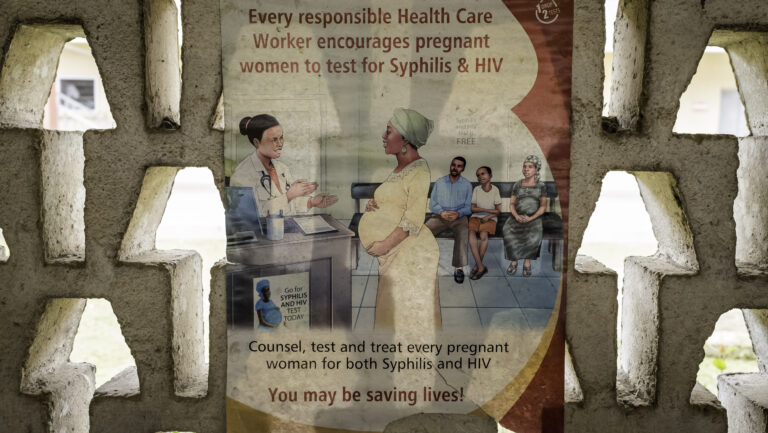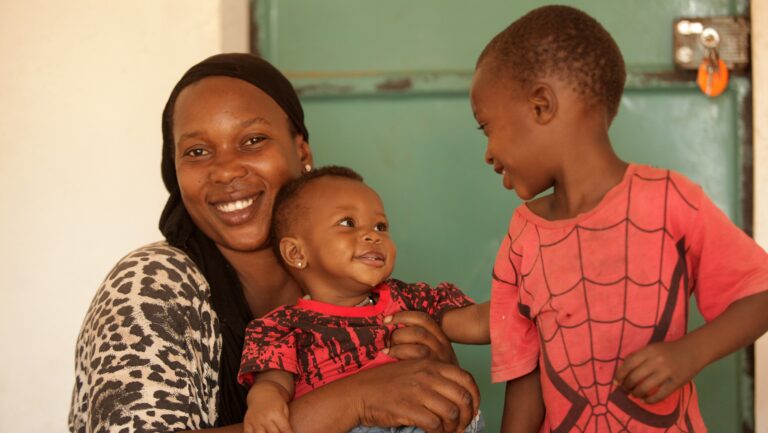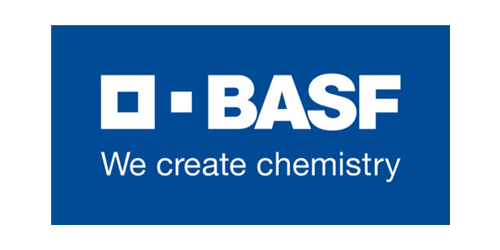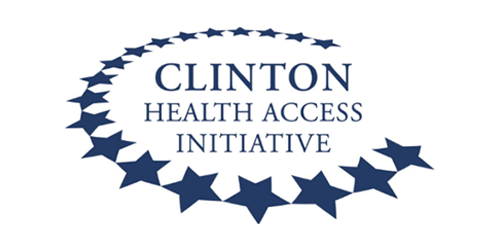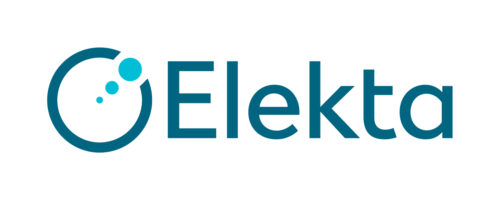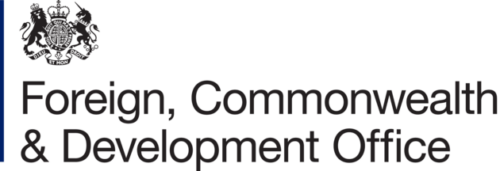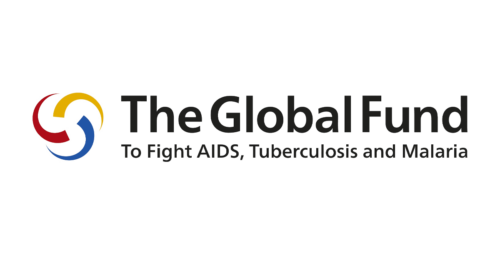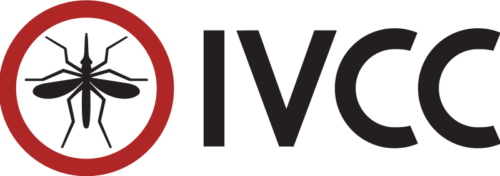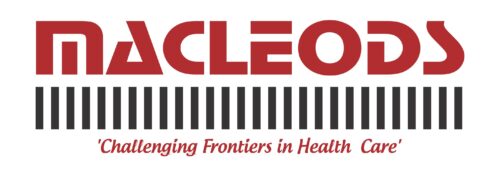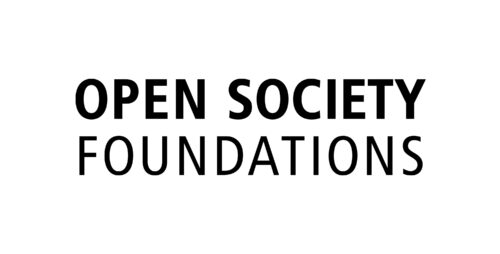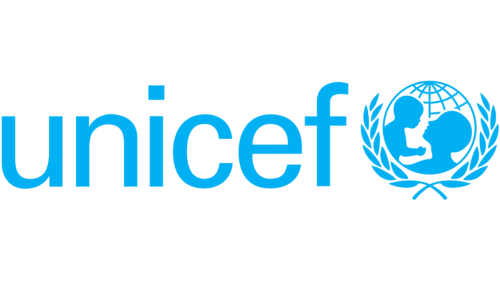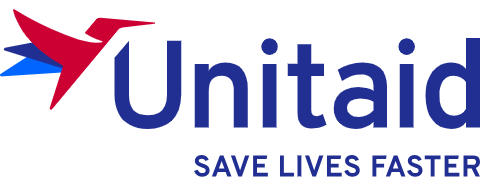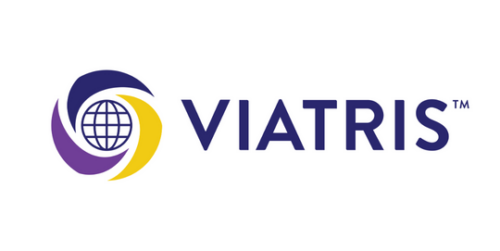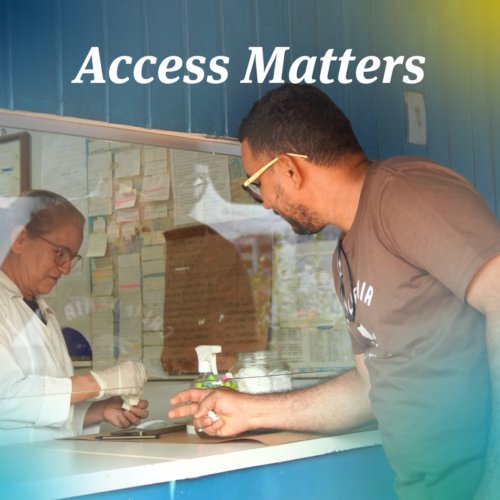Five things you should know about the new partnership to increase access to dual HIV/syphilis testing
by the Clinton Health Access Initiative
16 November 2021 | Insight
On November 15, the Clinton Health Access Initiative (CHAI), MedAccess, and SD Biosensor announced a partnership to increase access to rapid diagnostic tests for syphilis and HIV.
What will the partnership cover?
The partnership will enable public sector purchasers to access SD Biosensor’s STANDARD Q HIV/syphilis combo test for $0.95 ex-works for use in low- and middle-income countries —the first time a World Health Organization (WHO) prequalified combination test will be available at under $1.
The point-of-care rapid diagnostic test enables simultaneous diagnosis of syphilis and HIV from a single finger-prick sample in under 20 minutes. Pregnant women with a confirmed diagnosis can start treatment more quickly, protecting both their health and their unborn child.
The new ceiling price includes all accessories needed to perform the test: buffer, capillary tubes, sterile lancets, alcohol swabs, and instructions for use for a kit of 25 single-use rapid tests.
Why is this important?
Each year more than 210,000 stillbirths or new-born deaths are caused by congenital syphilis, and syphilis remains the second leading cause of stillbirths globally. This doesn’t need to be the case as maternal syphilis is readily treatable using off-patent, low cost Benzathine penicillin G (BPG).
Syphilis screening and treatment rates among pregnant women remain low across sub-Saharan Africa and parts of Asia, and substantially lower than HIV testing rates. In many countries, up to 95 percent of women are tested for HIV during antenatal care, but less than 50 percent are tested for syphilis.[i] Thousands of cases of syphilis go undiagnosed in pregnant women each year.
Using the dual RDT to test pregnant women in place of single tests, as recommended by WHO, will help to close the gap in syphilis testing by leveraging the established HIV testing infrastructure. Women receiving a confirmed diagnosis can start treatment quickly, protecting themselves and their babies.
The test’s new reduced price can help catalyze the introduction of the dual tests and close the testing gap between HIV and syphilis, increasing rates of maternal syphilis diagnosis and linkage to treatment.
The benefits of increased syphilis testing in pregnant women will extend beyond the health of the child, to help ensure that women and their partners are diagnosed and treated.
Who will be impacted?
The partnership includes low- and-middle income countries that account for 98 percent of the global burden of congenital syphilis and 93 per cent of the global HIV burden. Uptake of the dual tests across these countries would help to bridge the testing gap of over six million pregnant women in the highest burden countries who know their HIV status but are currently not tested for syphilis.
The price reduction will translate to direct cost-savings for governments, as well as millions in indirect savings from integrating testing programs and avoiding the significant adverse outcomes from syphilis.
How will this agreement help move us closer to WHO elimination goals?
The agreement will contribute to the WHO’s triple elimination agenda of eliminating mother-to-child transmission of HIV, syphilis, and hepatitis B.
By simply testing women for syphilis at current HIV testing rates and strengthening syphilis treatment in the 20 highest burden countries, a third of the adverse outcomes resulting from congenital syphilis globally can be prevented, resulting in at least 74,000 lives saved and 53,000 severe illnesses averted annually.[1]
An additional third of cases can be prevented by continuing to expand access to HIV and syphilis testing within these same 20 countries so that the WHO’s targets for elimination – 95 percent antenatal care attendance, 95 percent screened for syphilis, and 95 percent treated for syphilis – are met. These system strengthening efforts will not only reduce the burden of congenital syphilis but can improve HIV programming and reduce new infections of HIV among newborns.
How can countries introduce dual testing?
CHAI and partners will continue to support countries interested in introducing and/or expanding access to HIV/syphilis dual tests during antenatal care. We are responding to government requests to provide support by helping Ministries of Health plan to introduce dual RDTs, support implementation pilots and evaluations, and facilitate strategy roll outs. These efforts will complement CHAI’s broader health system strengthening support for HIV and maternal and child health, including ensuring access to affordable HIV and syphilis treatment.
For more information on supporting progress to access dual HIV/syphilis tests, please reach out to Andrew Storey, CHAI Senior Director of Maternal, Newborn and Child Health at [email protected].
This story first appeared on the Clinton Health Access Initiative website.
References
[1] We estimated the impact potential by calculating the number of additional women who would be screened if parity between HIV and syphilis screening rates were achieved and assumed syphilis treatment would reach 100%.
[i] Syphilis diagnosis and treatment during antenatal care: the potential catalytic impact of the dual HIV and syphilis rapid diagnostic test. Storey, Andrew et al. The Lancet Global Health, Volume 7, Issue 8, e1006 – e100

